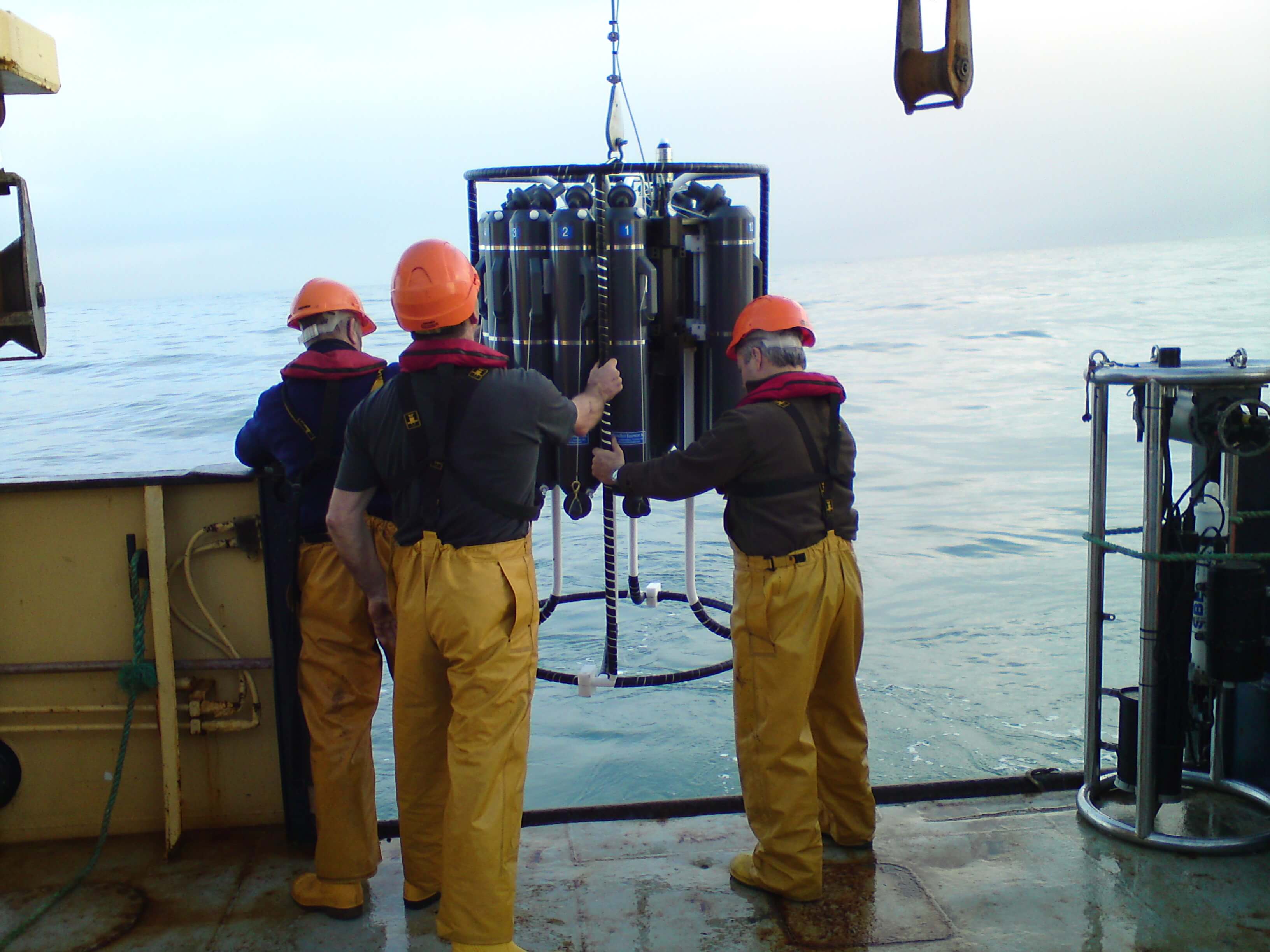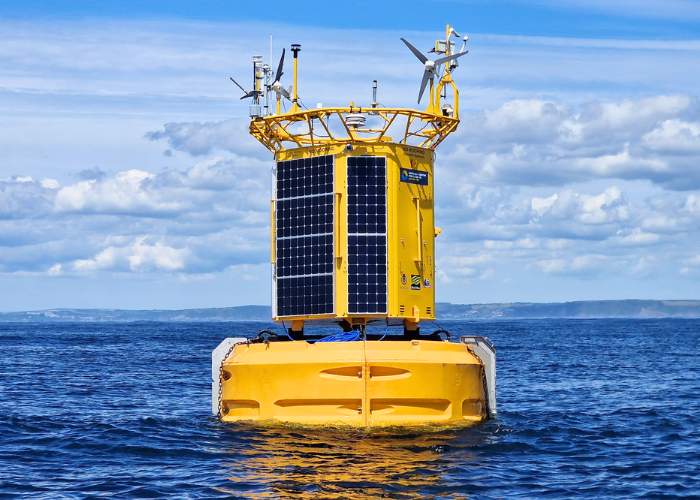Data
Types of data
The Western Channel Observatory provides both unique long time-series and biodiversity reference sites. The data at its core stations integrate across pelagic, benthic and atmospheric processes, and the full catalogue describing all of measurements, providing links to data sources and data contact points can be downloaded here (.xlsx,426 KB).
We kindly request that all data uptake is appropriately acknowledged as detailed in the data policy.
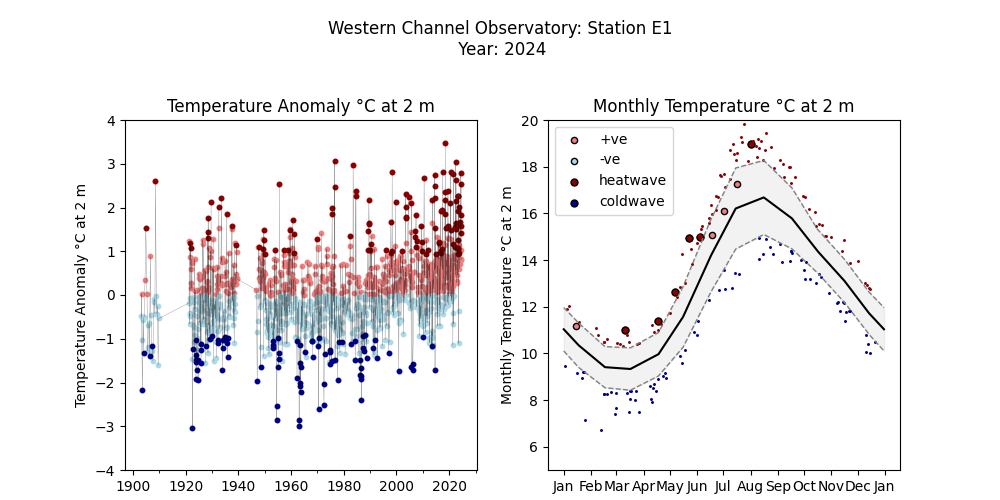
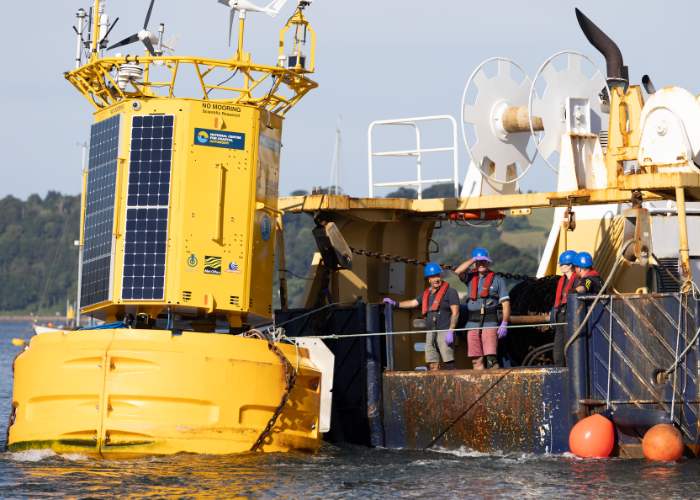
Optics
Electronic and laboratory based bio-optical measurements have been taken by PML at stations L4 and E1 over the past decade in support of satellite algorithm development work. Measurements include Inherent Optical Properties and radiometry.
Nutrients
Nitrate, nitrite, phosphate, silicate and ammonium nutrient data have been collected since 2000 at station L4. A longer (since 1934), now depth resolved, time-series has been collected at station E1. These data are often available on the day of collection.
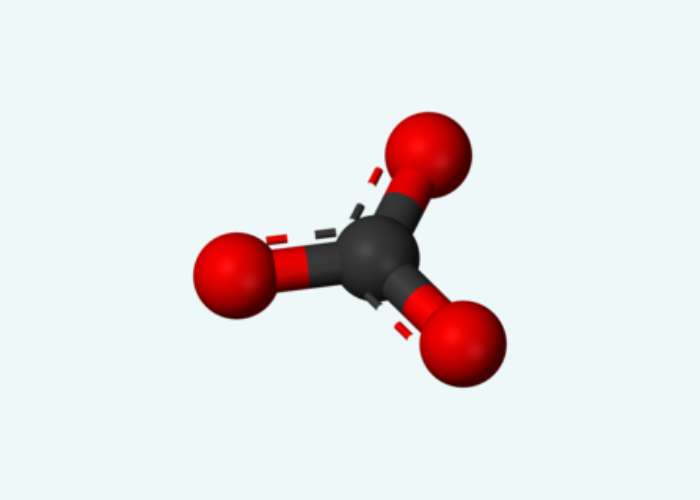
Carbonate Chemistry
The Western Channel Observatory surface and near seabed waters have been sampled for carbonate chemistry parameters since 2008.
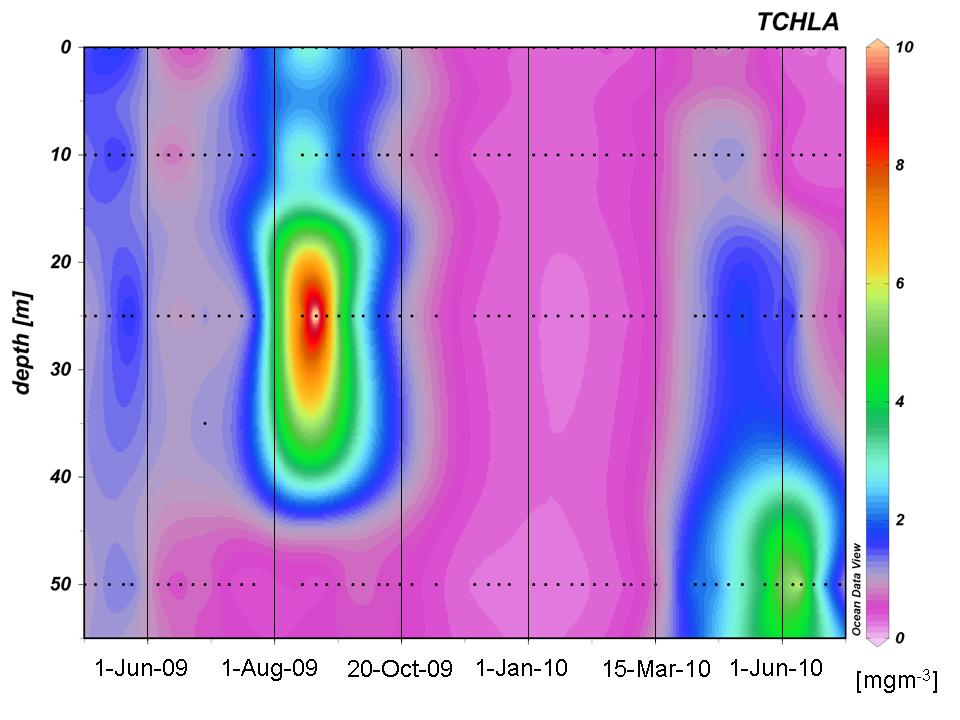
Pigments
Pigment data have been collected at L4 and E1 since 1998 and analysed using HPLC. These data are complemented by chlorophyll-a measurements analysed using a Turner fluorometer since 1992.
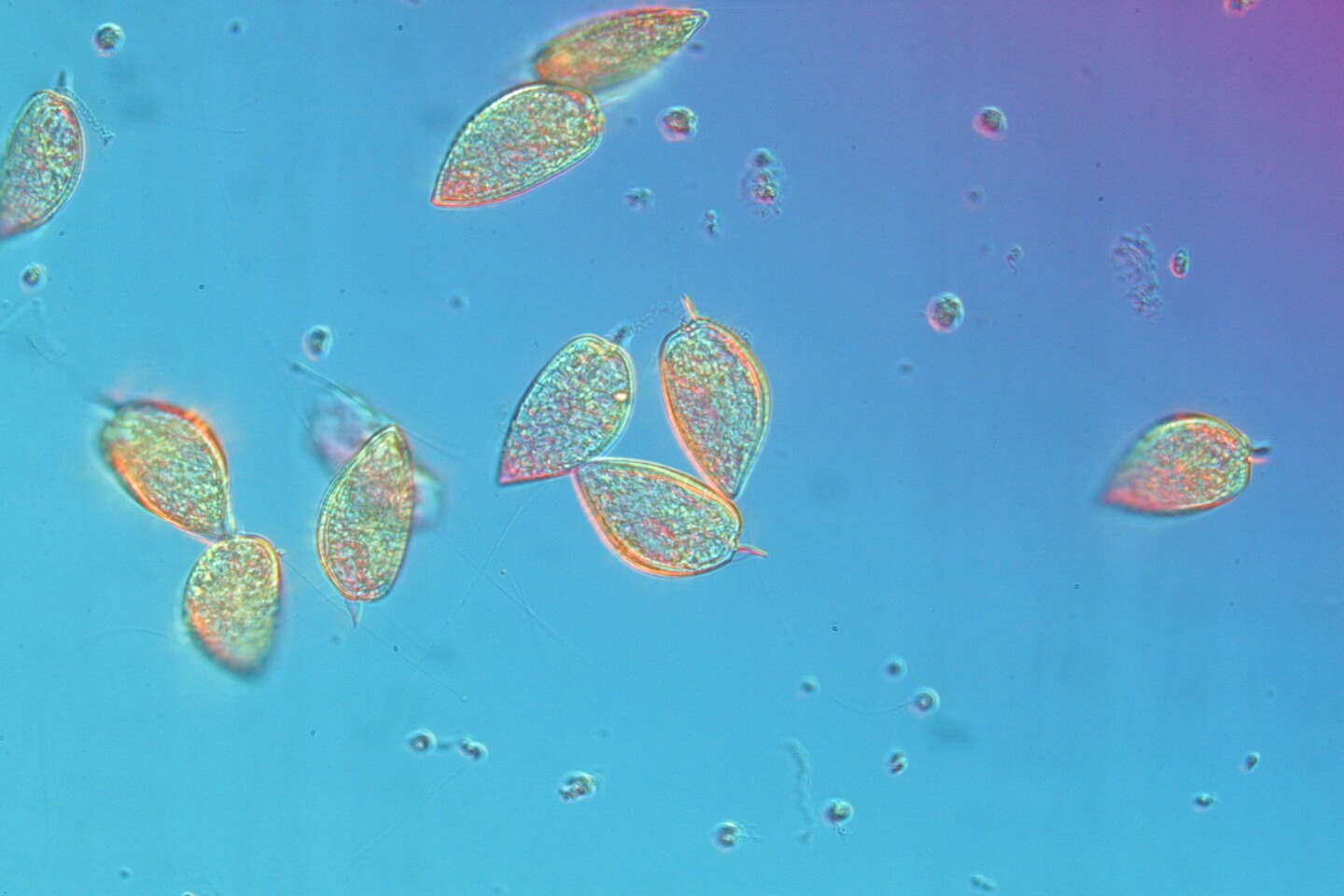
Flow cytometry
Pico- and nanoplankton include the smallest pro- and eukaryotic cells and form a crucial part of the plankton. High resolution profiling of this component started in 2007 at L4 and in 2011 at E1.
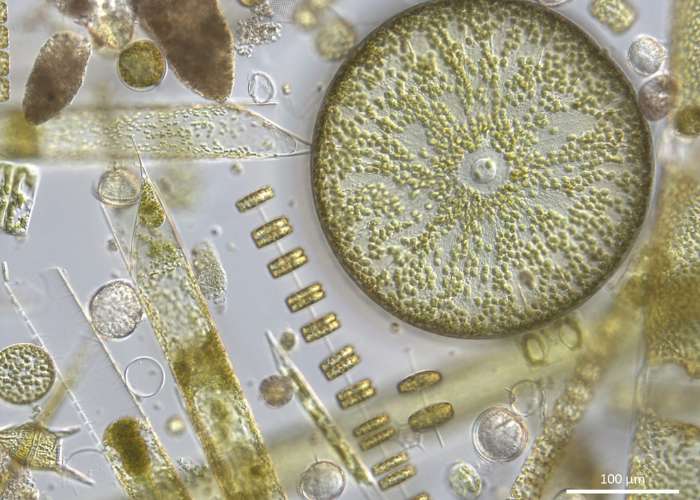
Phytoplankton
Microscopic analysis of the weekly-resolution sampling at the L4 site has been ongoing since 1992. Analysis of these Lugols-preserved samples provides a taxonomically-rich time series
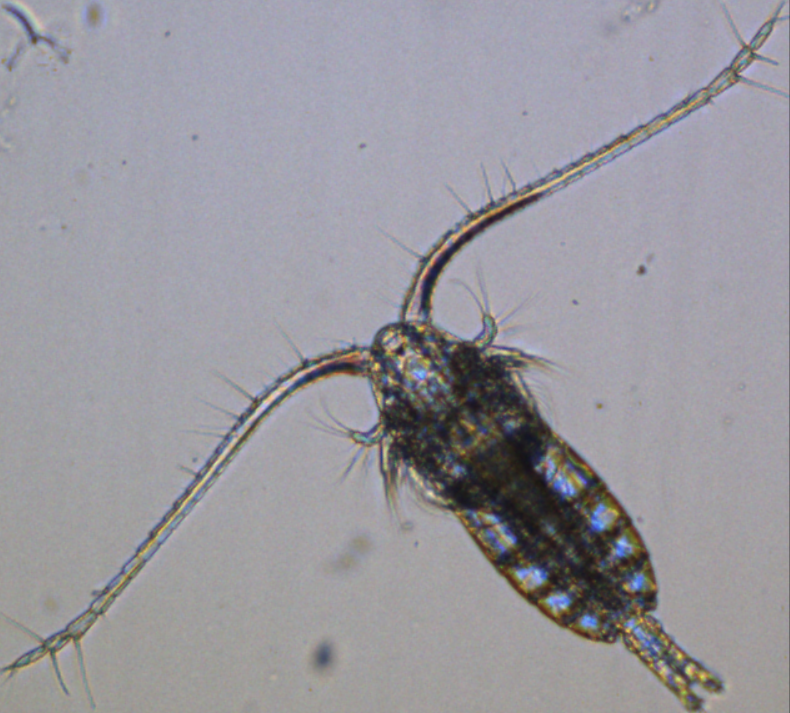
Zooplankton
Zooplankton data, along with sea surface temperature, provide the longest near-continuous time series from L4, with about 1500 sampling timepoints since March 1988.
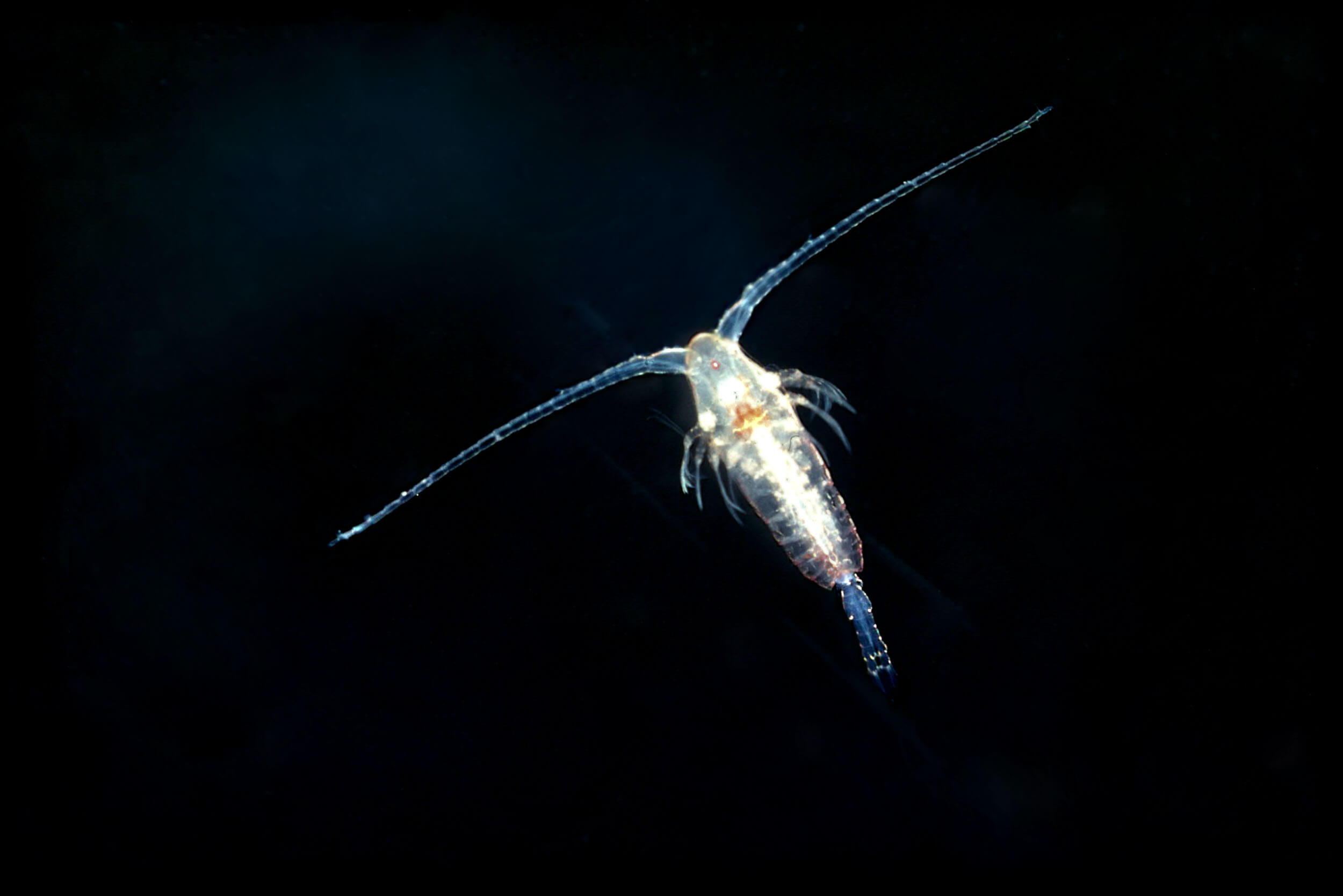
Calanus Egg Production
This unique time-series of egg production data has been ongoing since 1992. Laboratory incubations are conducted weekly.
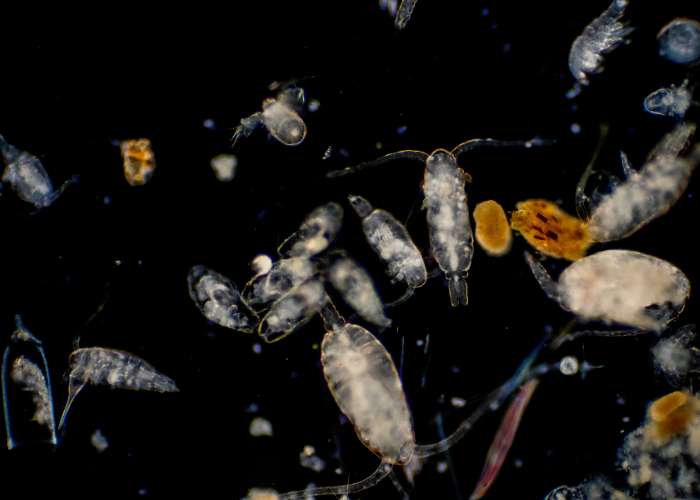
FlowCam
Fine mesh vertical net sampling has been conducted since 2012, and the FlowCam analysis of live samples provide a picture of the intermediate size range of plankton, under-represented both by bottle samples and by mesozooplankton nets.
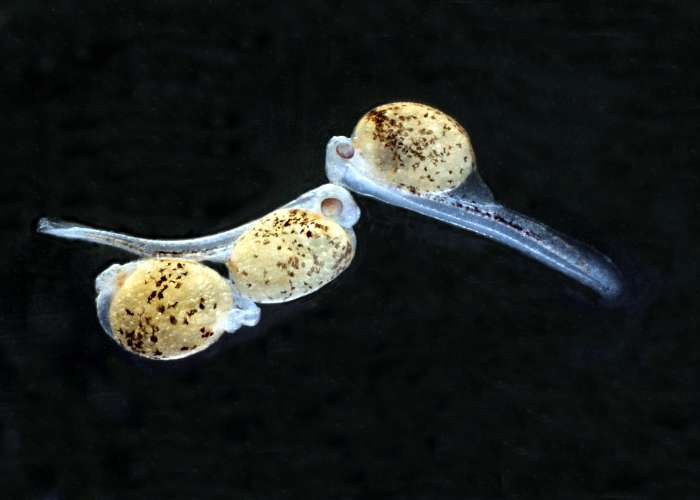
Young Fish Trawl
Macroplankton, larval fish and fish egg sampling has been carried out by the Marine Biological Association since 1924.
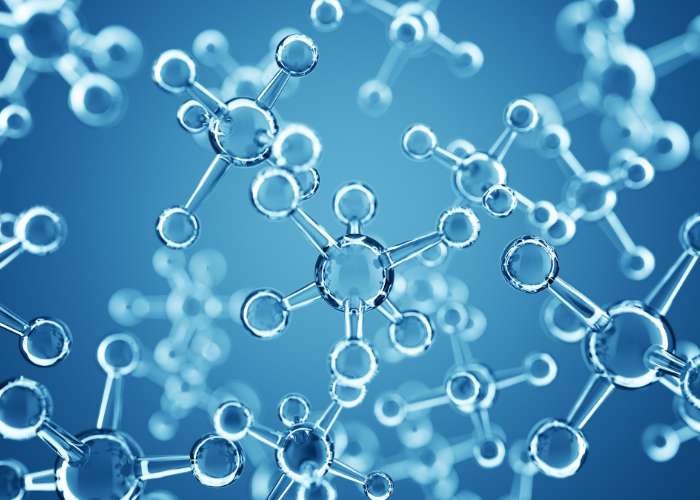
Molecular data
Alongside traditional taxonomic resolution of the coupled benthic-pelagic ecosystem at L4, molecular approaches are being used increasingly to understand the hidden diversity and function
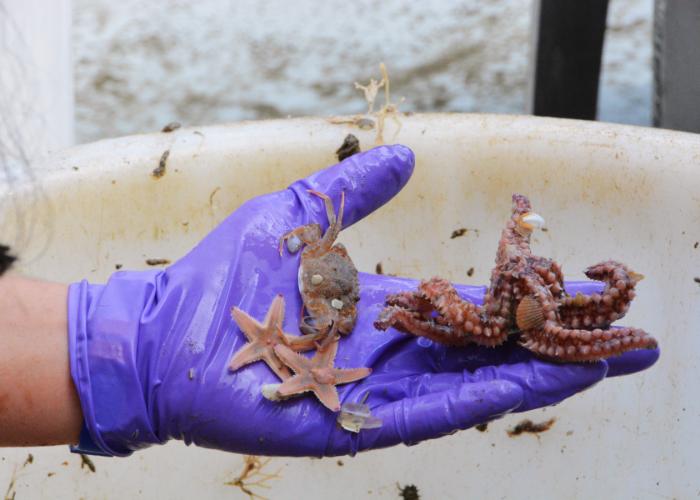
Benthic Survey
The Benthic survey sampling at the WCO started in 2008 and covers a series of contrasting sites in the Plymouth area, with focus on L4. A wide range of ecological, physical and chemical parameters are measured.
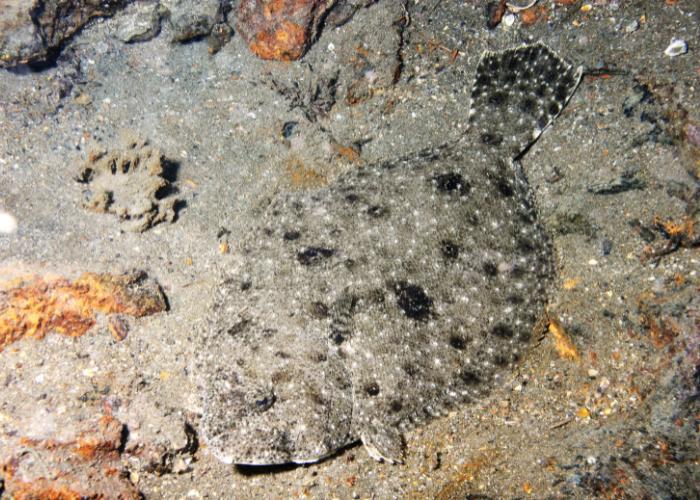
Demersal Fish
The demersal fish surveys from Plymouth represent some of the longest-running independent fish surveys in European waters

Microplastic Research
The Western Channel Observatory has been a testbed for work in Plymouth to understand how biota and microplastics interact.
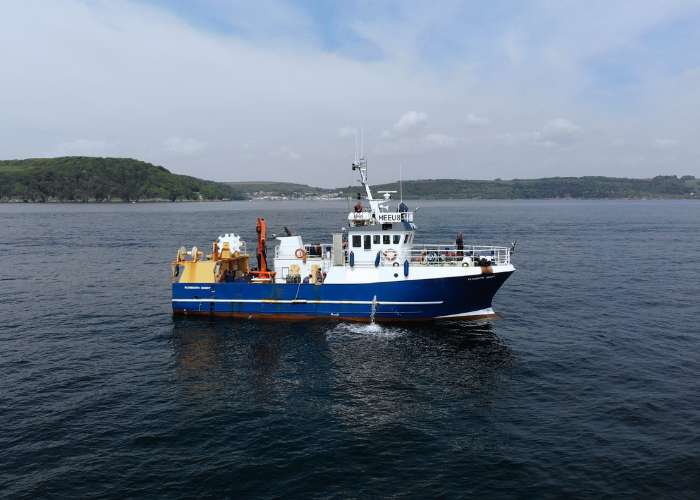
RV Quest Underway System
The R.V. Plymouth Quest is fitted with an underway suite of sensors, which continuously sample from the vessels non-toxic underway water supply. These data can be downloaded and visualised in Google Earth.
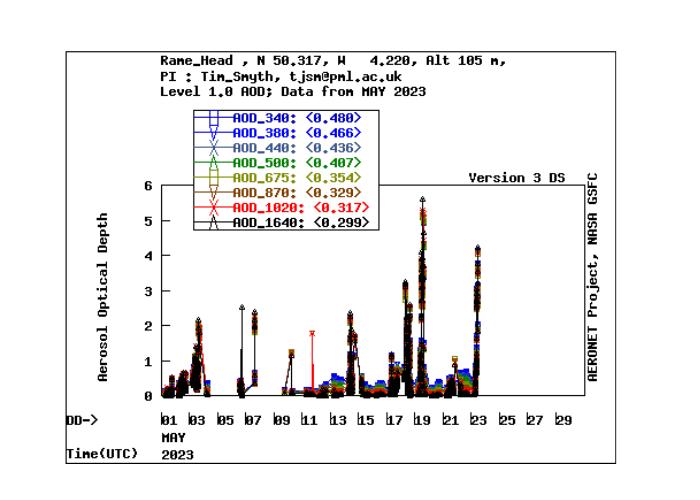
Sunphotometer data
Atmospheric aerosol data have been derived from sunphotometric data at PML since 2001. The Rame Head AERONET measurements made in the late 1990s, have been restarted in 2013.
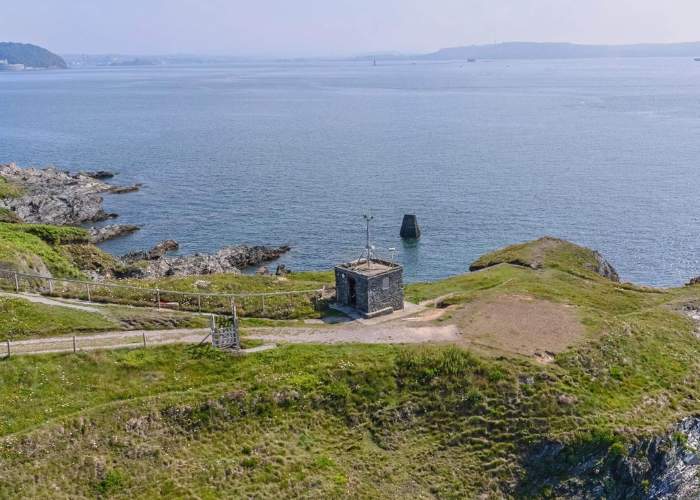
Atmospheric Chemistry Observatory
PML operates an Atmospheric Observatory at the mouth of Plymouth Sound: an ideal position for monitoring the impact of anthropogenic and natural sources of trace gases and their fluxes.
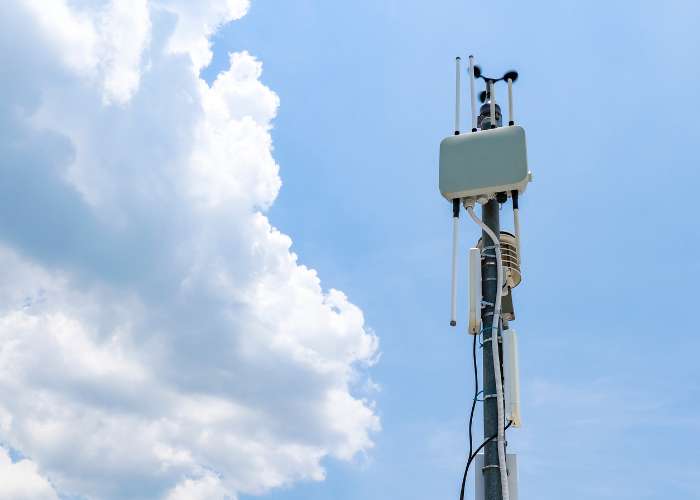
Meteorological data
Standard meteorological parameters are collected every 5 minutes from the roof of the NCI building at Rame Head. An MRR rainfall radar takes data every 10 seconds from the roof of PML; latest hourly and daily data are available.
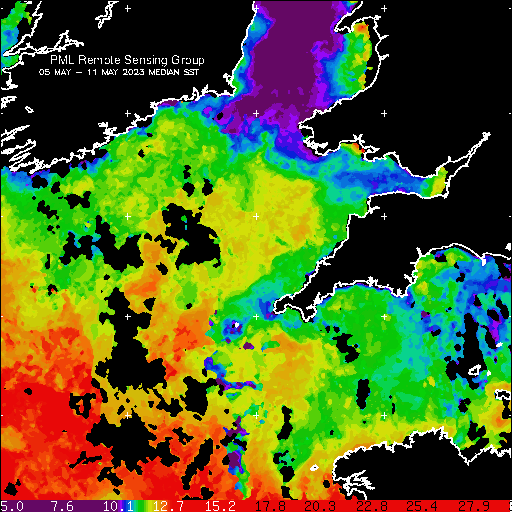
Satellite data
PML operationally processes satellite derived fields of sea-surface temperature and ocean colour, which can be used to derive chlorophyll. These data allow the point measurements at L4 and E1 to be set in a wider context.
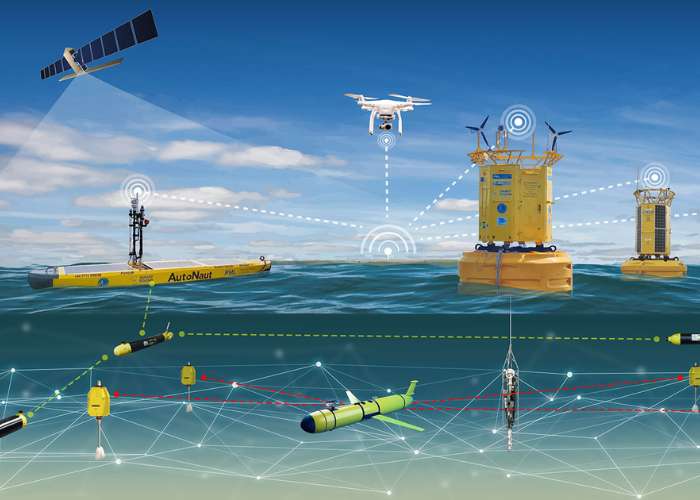
Smart Sound Plymouth
Smart Sound Plymouth is Britain's premier proving area for designing, testing and developing cutting edge products and services for the marine sector.
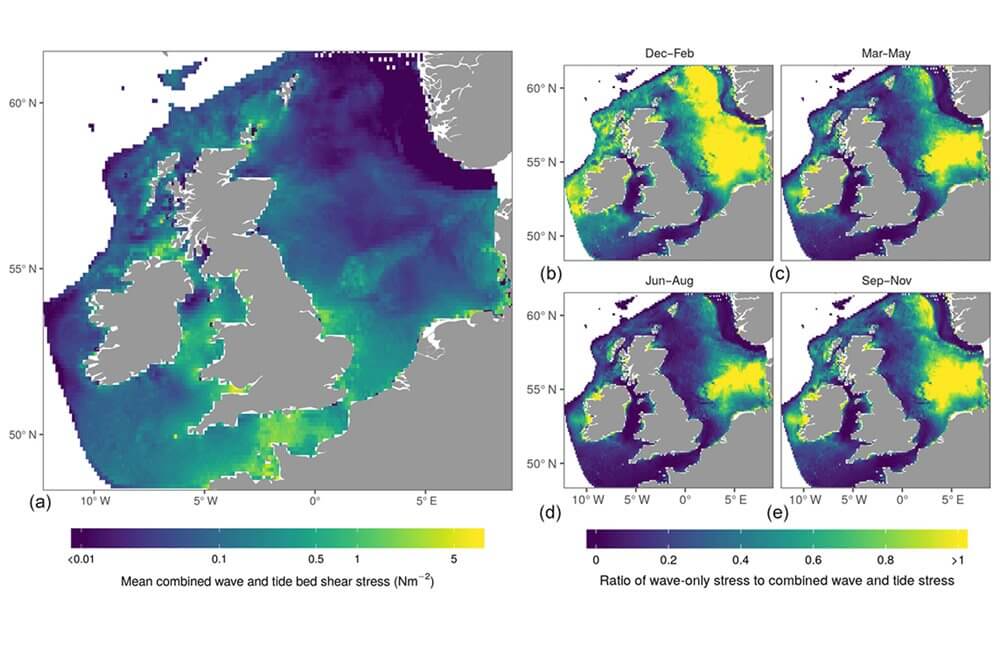
Modelling data
The western English Channel is a useful test area for developing ecosystem models. Data from the WCO are used to develop, parameterise and validate models and ideas.
Data policy
The policy of the NERC National Capability funded Western Channel Observatory is to make the data freely available at the point of delivery. However, we request that prospective data users first contact the points of contact at PML before obtaining the data. They will provide the metadata, the most up to date versions of the data (where available) and most importantly local expertise in how the data can be used. We expect that co-authorship will be offered to relevant PML experts in response to their active collaboration in projects using these data. Any publication or report using these data should acknowledge them as being provided by the Western Channel Observatory using the following: "The Western Channel Observatory is funded by the UK Natural Environment Research Council through its National Capability Long-term Single Centre Science Programme, Atlantic Climate and Environment Strategic Science (AtlantiS), grant number NE/Y005589/1."
 Western Channel Observatory
Western Channel Observatory
